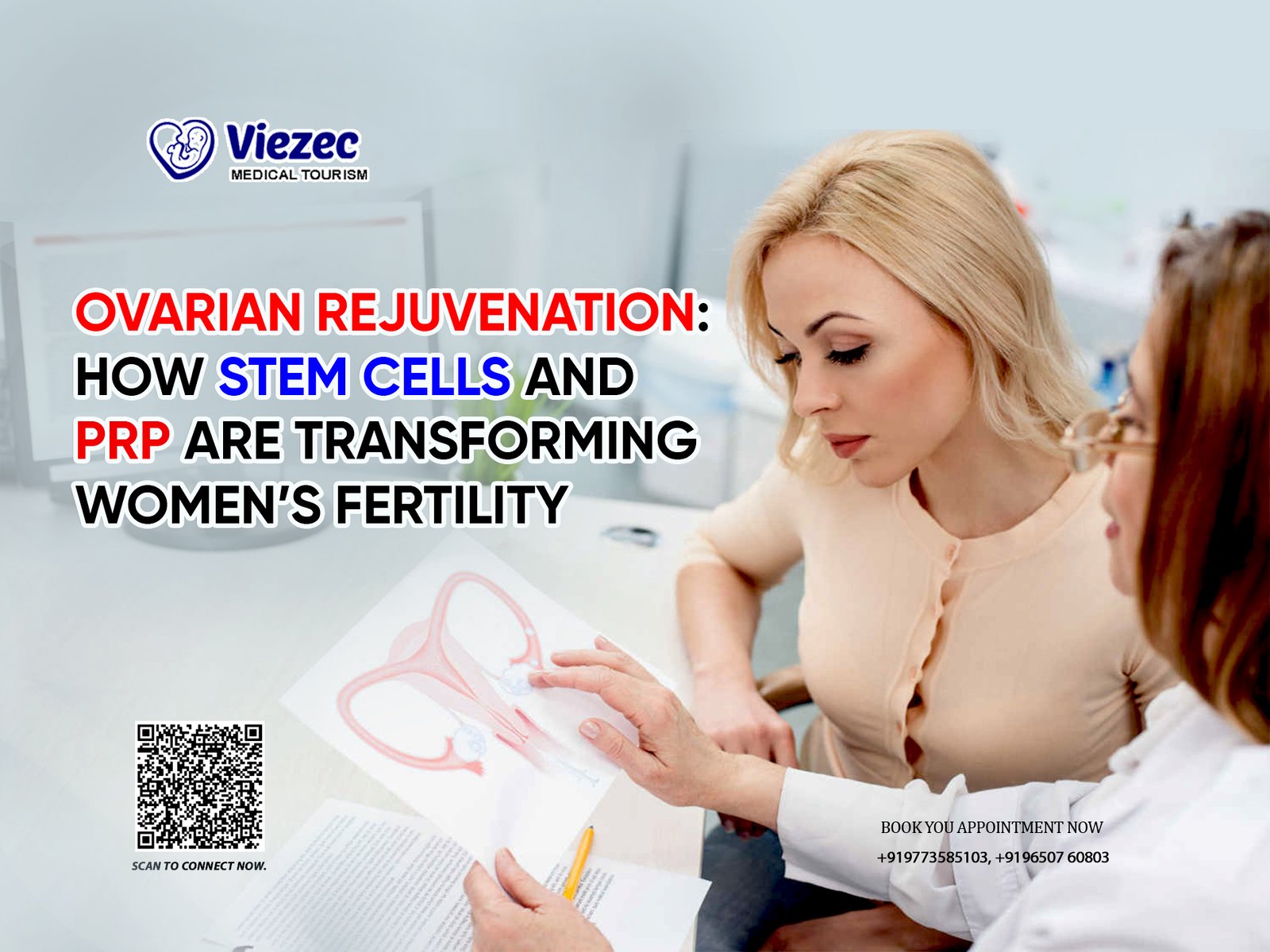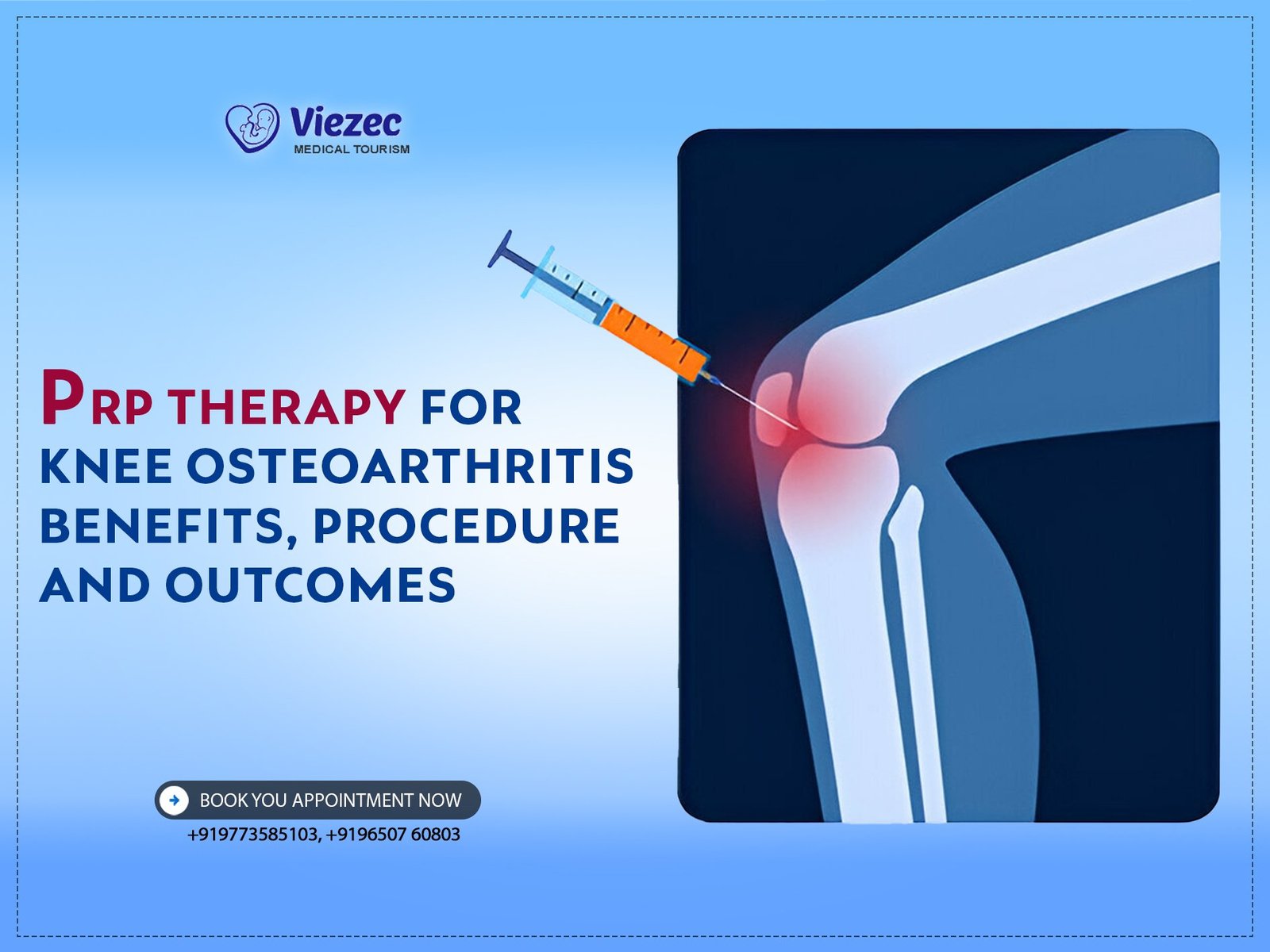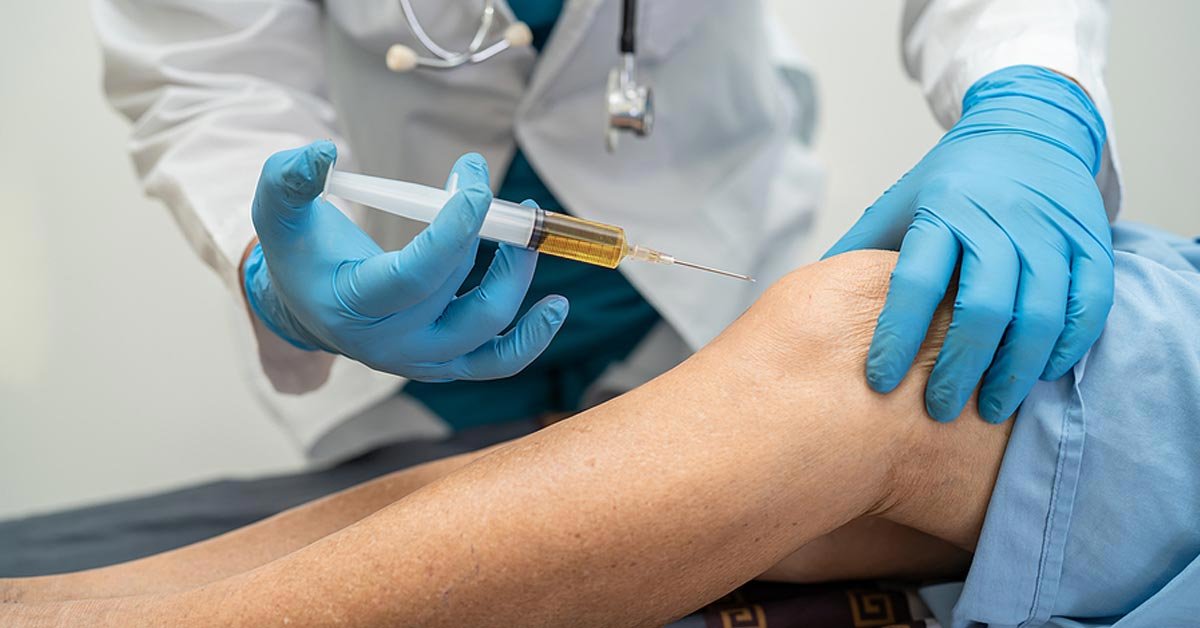Platelet-rich plasma (PRP) therapy has emerged as a promising treatment in regenerative medicine. It harnesses the body’s natural healing abilities by using platelets — small blood cells rich in growth factors — to speed up tissue repair. Although it’s not a cure, many doctors rely on PRP to help reduce pain and shorten recovery time for various conditions, especially orthopedic and sports-related injuries.
The process is relatively simple: A small amount of the patient’s blood is drawn and placed in a centrifuge. This machine spins the blood at high speeds to separate it into layers, isolating the platelet-rich plasma. This concentrated solution is then reinjected directly into the injured area to promote healing.
One of the most common questions surrounding this treatment is: How long does PRP injection recovery take? If that’s on your mind, read on — we’ll walk you through the uses, preparation, and what to expect before and after the procedure.
What is PRP Injection Used For?
PRP injections are widely used to treat injuries involving muscles, tendons, ligaments, and joints. They’re especially popular among athletes and active individuals who want to accelerate healing and minimize downtime.
For instance, traditional recovery from a torn tendon or ligament injury can take three to six months, often requiring rest and rehabilitation. However, PRP can help reduce this time significantly by promoting faster tissue repair at the cellular level. It’s also used in treating osteoarthritis, especially in weight-bearing joints like the knees and hips, where cartilage wears down over time and causes chronic pain.
While PRP can be a great option, it’s not for everyone. That’s why it’s crucial to consult a physician who can review your medical history and determine if PRP is appropriate — especially for complex injuries or chronic joint pain.
How to Prepare for a PRP Procedure?
Preparation is key to maximizing the benefits of PRP therapy. Here’s what you should know before undergoing the procedure:
-
Disclose all medications you’re currently taking. Certain drugs, especially anti-inflammatories like ibuprofen or aspirin, may reduce the effectiveness of PRP by interfering with platelet function.
-
Your doctor may advise you to stop blood-thinning supplements or herbs at least a week in advance.
-
On the day of your session, eat a nutritious meal and stay well-hydrated to ensure optimal blood quality.
Following these steps helps increase platelet concentration and enhances your body’s healing response — which may even shorten the PRP injection knee recovery time or hip recovery time, depending on your treatment site.
What Happens During a PRP Procedure?
A PRP procedure is straightforward and typically completed in less than an hour. It’s performed on an outpatient basis right in your doctor’s office.
Here’s what to expect:
-
The treatment area is cleaned and numbed to keep you comfortable.
-
Using ultrasound guidance, the physician precisely injects the PRP solution into the targeted site.
-
Depending on your condition, you may require a series of three PRP sessions spaced over three to six weeks.
Since no surgery is involved, there’s no extended hospital stay — you’re free to go home shortly after the treatment.
What Is the Recovery Time for PRP Injection?
The recovery period after PRP treatment is typically short and manageable. Whether you’re undergoing PRP hip injection or knee injection, here’s what you can expect:
-
You may feel mild pain, soreness, or stiffness at the injection site within the first 24–48 hours.
-
While you can go home right after the session, it’s wise to arrange for someone to drive you.
To speed up your PRP injection recovery, follow your doctor’s advice for the first couple of days:
-
Avoid strenuous activity or heavy lifting.
-
Apply ice for 20 minutes every 2–3 hours to reduce discomfort.
-
Avoid anti-inflammatory medications (NSAIDs) such as ibuprofen, as they may reduce PRP effectiveness.
Most patients experience noticeable improvement in 4 to 6 weeks, and your doctor may recommend starting physical therapy around the 5-week mark to support long-term healing. While recovery timelines vary slightly based on the injury and individual, PRP is considered one of the quicker options among regenerative therapies.
Consult the Experts at Viezec
At Viezec, we specialize in non-invasive, evidence-based treatments for joint and soft tissue conditions. With a dedicated team and access to the latest PRP technologies, we’re committed to helping patients heal faster — without the need for surgery.
Have questions about your PRP injection recovery time? Whether it’s for your knee, hip, or shoulder, our specialists are here to guide you through every step. Contact us today to book a consultation and learn more about your treatment options.
Frequently Asked Questions
How long does it take to recover from a PRP injection?
Most patients experience mild discomfort for the first 24–48 hours. Full healing and noticeable improvement typically occur within 4 to 6 weeks, depending on the condition being treated and individual response.
Can I walk after a PRP injection in the knee or hip?
Yes, light walking is usually allowed immediately after the injection. However, it’s best to avoid strenuous activities or high-impact movements for at least a few days as advised by your doctor.
What should I avoid after a PRP injection?
Avoid heavy exercise, anti-inflammatory medications (NSAIDs) like ibuprofen, and activities that put pressure on the treated area. Ice packs can help reduce swelling, but rest is key during the first few days.
Is there pain after a PRP injection?
Some patients experience mild pain, swelling, or stiffness at the injection site. These symptoms are typically short-lived and part of the body’s natural healing process. Pain relief medications are rarely needed.
When can I resume exercise after PRP treatment?
You can usually return to low-impact activities within a few days to a week, but high-impact exercises or sports should be avoided for 4 to 6 weeks unless cleared by your physician.
How many PRP sessions are usually needed?
Most patients require 2 to 3 sessions, spaced a few weeks apart, for optimal results. Your doctor will customize the treatment plan based on your condition and progress.
How can I speed up my PRP injection recovery time?
To support faster healing, follow all pre- and post-procedure guidelines, eat a nutrient-rich diet, stay hydrated, avoid NSAIDs, and attend follow-up appointments or physical therapy if recommended.









